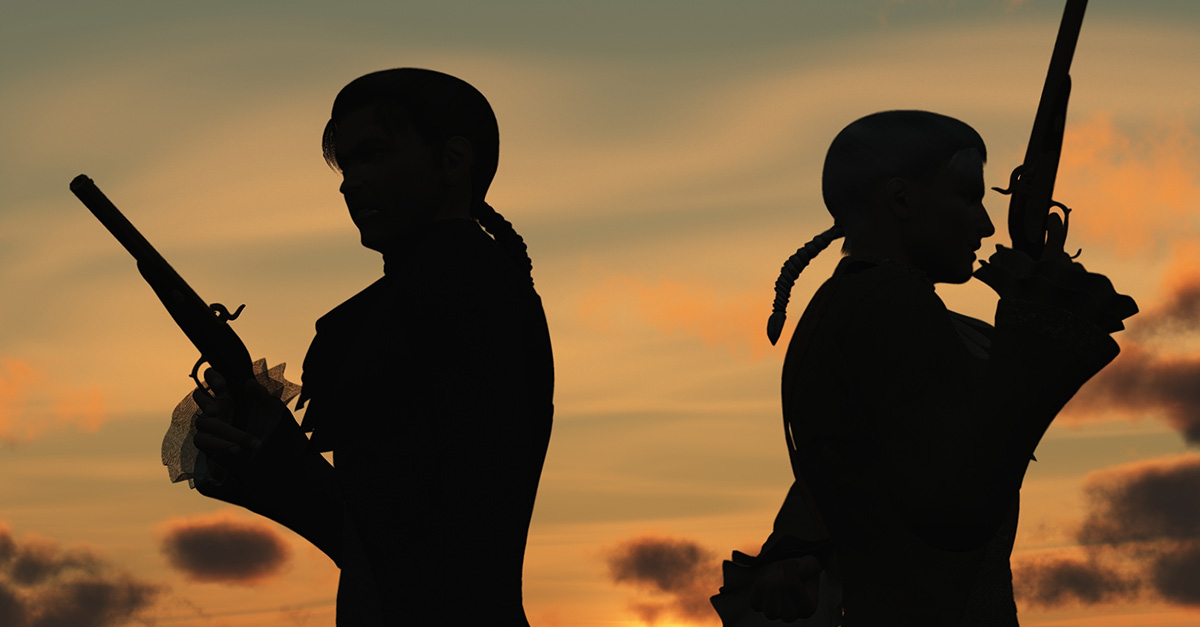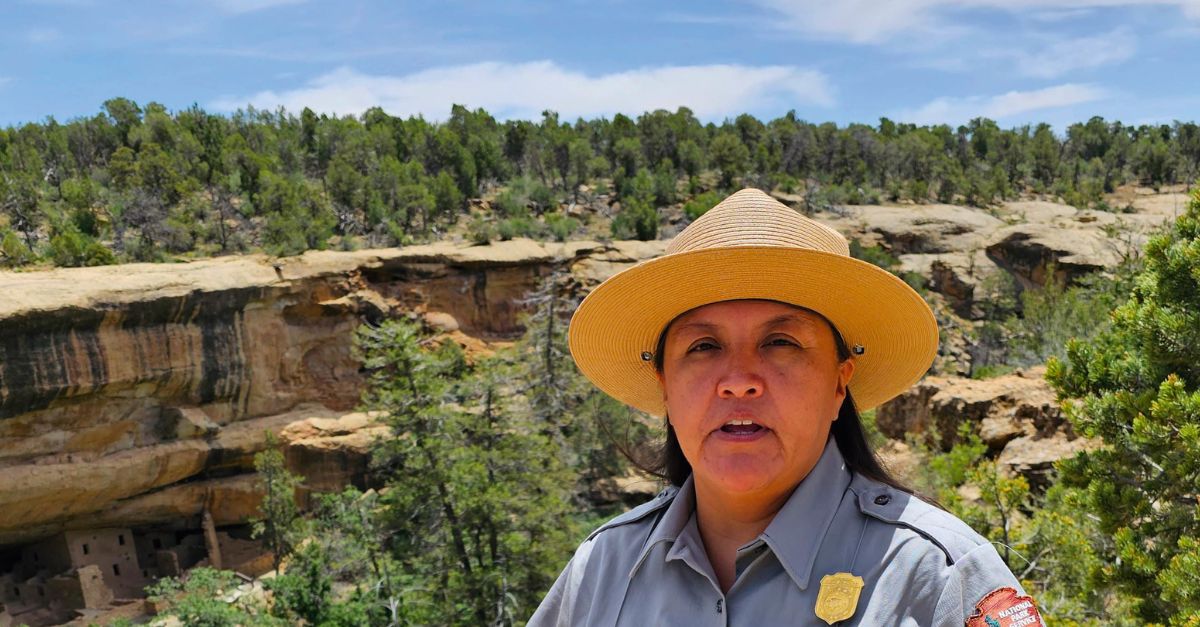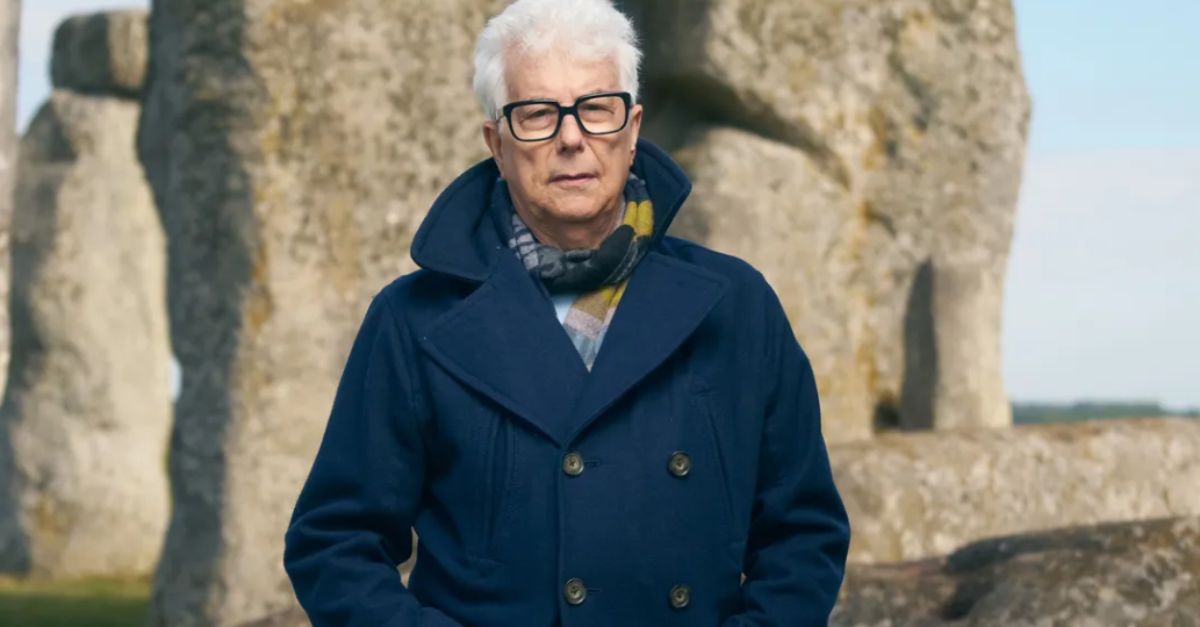This Case Puzzled Archaeologists For Almost 20 Years
While the lost colony of Roanoke is one of America's most perplexing mysteries from the Colonial era, it is not the only one. In 1624, a young man was killed in a duel, but not in the way you might think. Let's explore the extraordinary tale of George Harrison and America's oldest cold case, which went unsolved for almost 400 years.
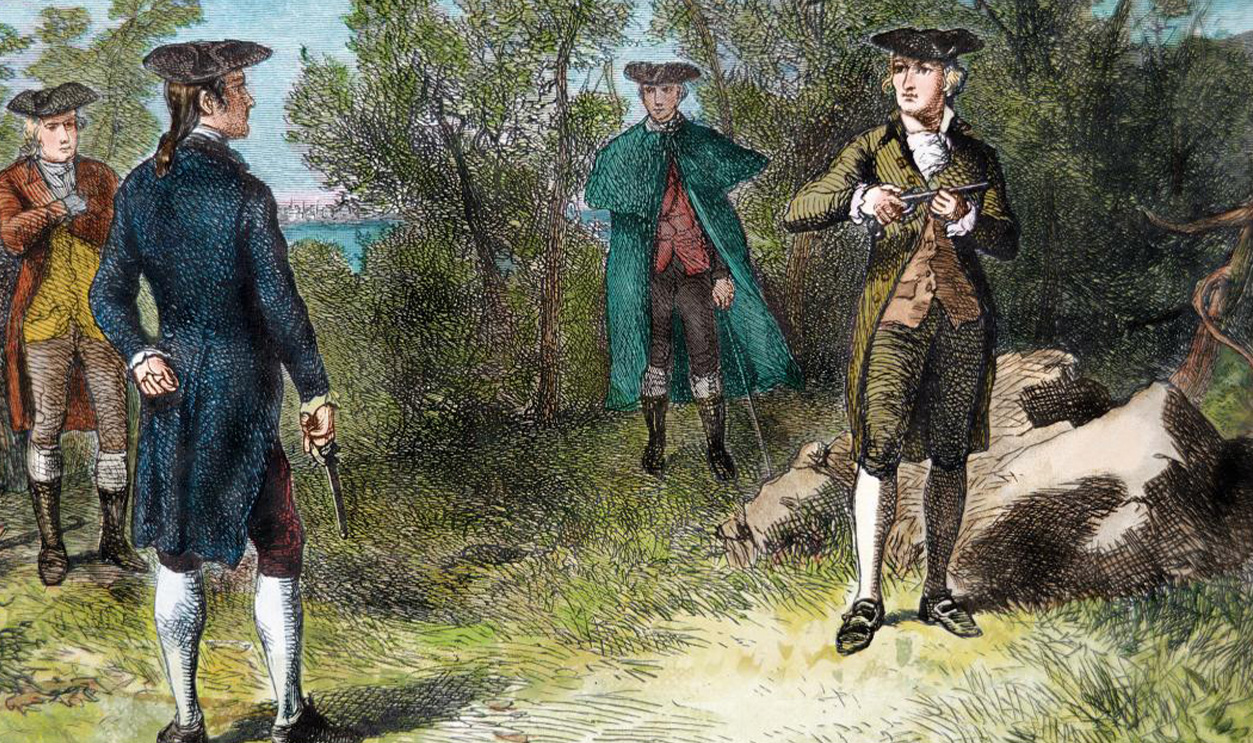
Jamestown Rediscovery
At Jamestown, Virginia, America's oldest English colonial settlement (although not its first-ever settlement), an archaeology program called Jamestown Rediscovery is taking place. Run by the Jamestown Rediscovery Society, the historical society is dedicated to "supporting preservation, education, and the archaeological investigation of Historic Jamestown".
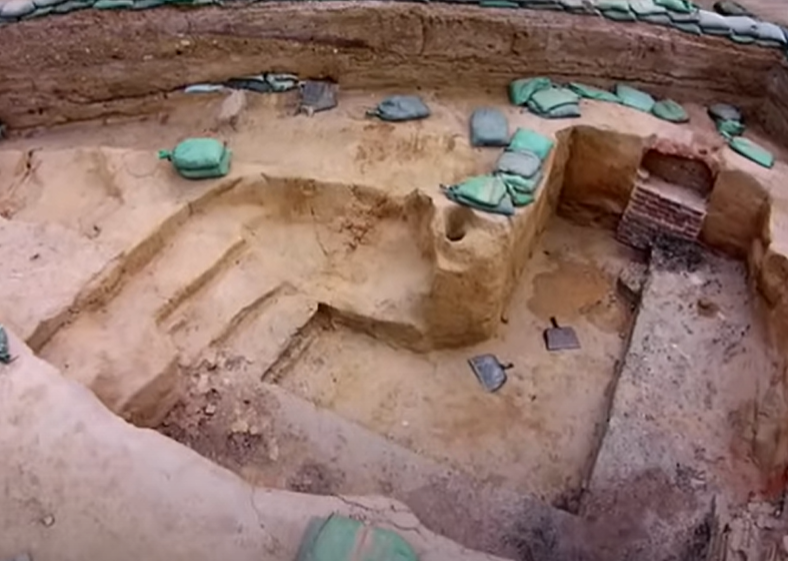 Mentorn Barraclough Carey, Jamestown's Dark Winter (2015)
Mentorn Barraclough Carey, Jamestown's Dark Winter (2015)
What Did Archaeologists Find?
In one of their many archaeological digs at Jamestown as part of Jamestown Rediscovery, lead archaeologist William Kelso discovered the skeletal remains of a young man in 1996. However, it was what they found inside his leg that was the most shocking: bullet fragments.
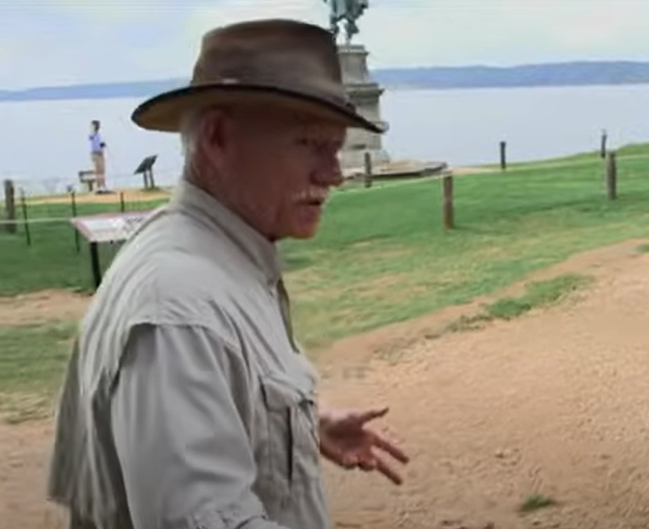 Mentorn Barraclough Carey, Jamestown's Dark Winter (2015)
Mentorn Barraclough Carey, Jamestown's Dark Winter (2015)
The Circumstances
While digging at the site, Kelso located the skeletal remains of a man, then dubbed JR102C, who, at the time, was a John Doe. His body was located, exhumed, and when scientists looked closer, they realized that both his tibia and fibula bones had been fractured—and that both fractures appeared to have occurred at the same time.
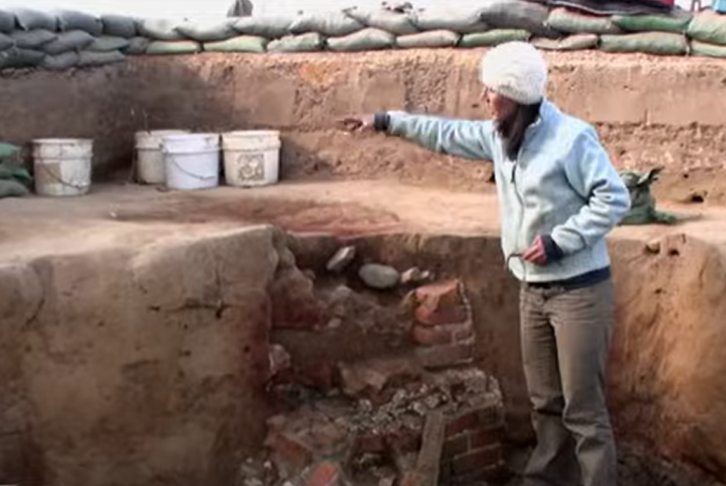 Mentorn Barraclough Carey, Jamestown's Dark Winter (2015)
Mentorn Barraclough Carey, Jamestown's Dark Winter (2015)
What Could Have Broken His Leg So Badly?
While it was certainly possible that a bad fall could have broken JR102Cs leg, the discovery of lead in among the bones pointed to a far more sinister story: JR102C was murdered, likely in a duel. Researchers speculated this due to the position of the broken bones, suggesting that JR102C was standing side-on when he was struck.
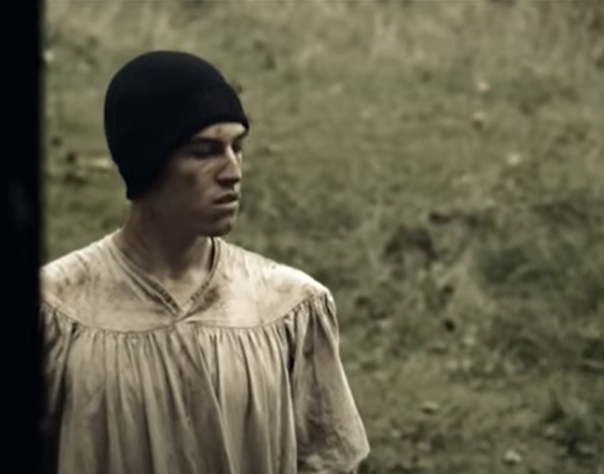 Mentorn Barraclough Carey, Jamestown's Dark Winter (2015)
Mentorn Barraclough Carey, Jamestown's Dark Winter (2015)
The Fatal Injury
After being struck by the bullet, JR102C sustained two leg fractures in his lower right leg: the tibia and fibula bones shattered, rupturing a major artery below the knee known as the popliteal artery, which runs from the femoral artery. Even with the best surgical intervention today, survival rates (without needing amputation) are 80%. In 1624? You're a goner.
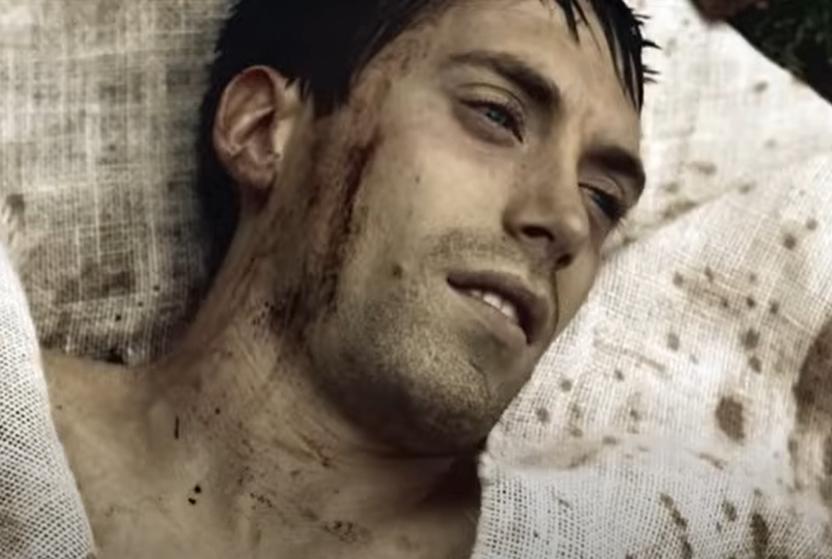 Mentorn Barraclough Carey, Jamestown's Dark Winter (2015)
Mentorn Barraclough Carey, Jamestown's Dark Winter (2015)
Identifying The Victim
Despite this find in 1996, "JR102C" went unidentified for almost 20 years. In 2023, William Kelso was able to conduct forensic analysis, including a facial reconstruction that led him to conclude a young British man was the person on the table in front of him. His name was George Harrison.
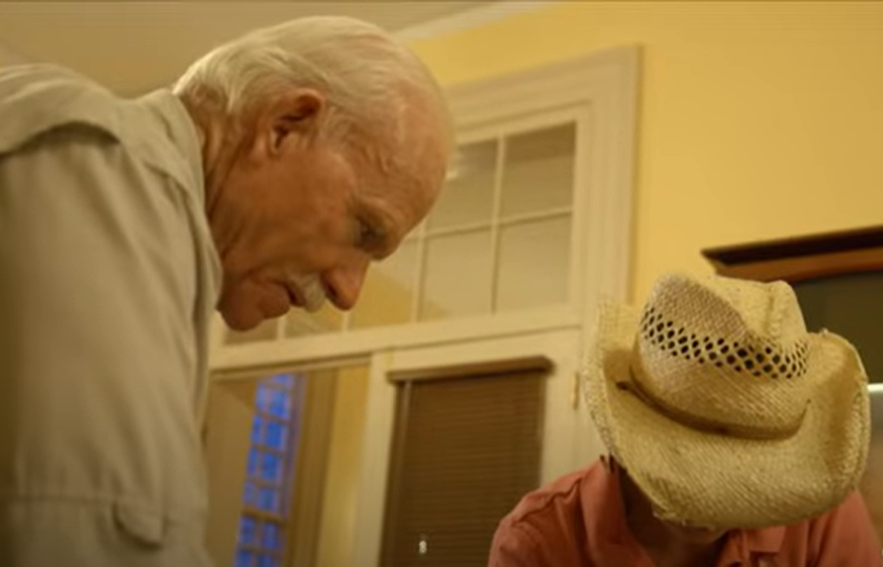 Mentorn Barraclough Carey, Jamestown's Dark Winter (2015)
Mentorn Barraclough Carey, Jamestown's Dark Winter (2015)
More Information About George Harrison's Skeletal Remains
Kelso and his team at Jamestown Rediscovery laid out their findings to re-identify JR102C as George Harrison. They speculated that Harrison was between 18 and 20 years old, about 5-foot-9-inches tall and had no signs of childhood disease or other catastrophic illness that could explain his early demise.
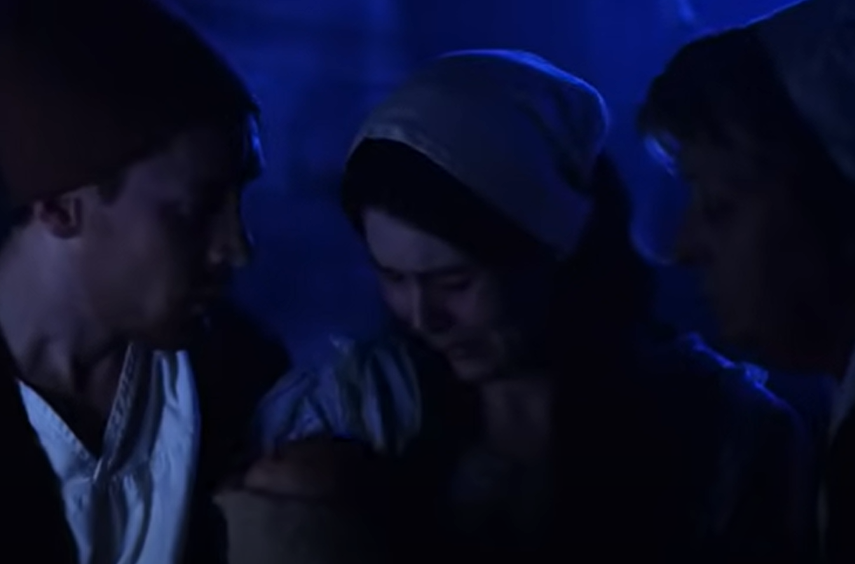 Mentorn Barraclough Carey, Jamestown's Dark Winter (2015)
Mentorn Barraclough Carey, Jamestown's Dark Winter (2015)
A Gentleman's Status
Being buried in a coffin, despite the unmarked grave, led the team to speculate that Harrison would have been a gentleman. In 1996, the team lifted Harrison's skeletal remains out of the earth as part of one huge block of dirt and onto a gurney to be examined.
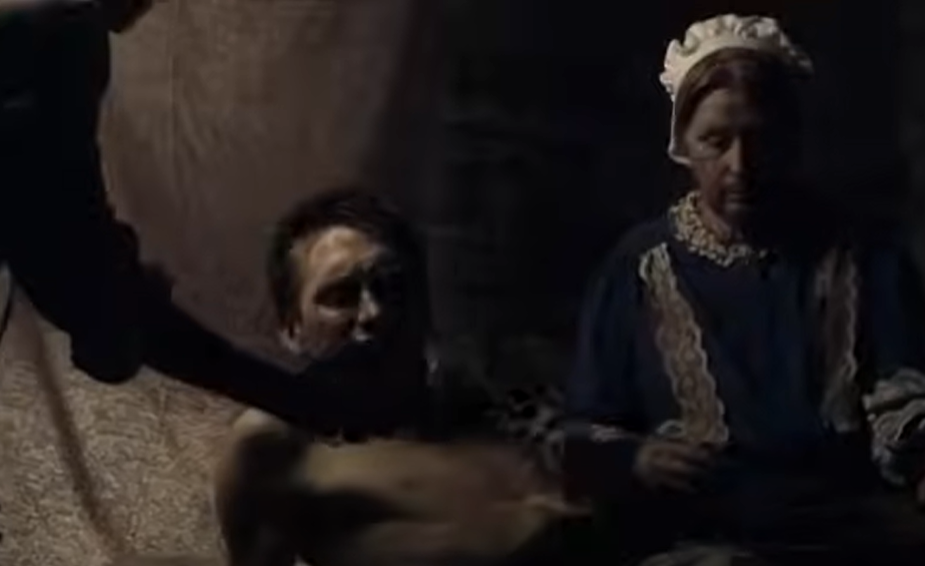 Mentorn Barraclough Carey, Jamestown's Dark Winter (2015)
Mentorn Barraclough Carey, Jamestown's Dark Winter (2015)
A Christian, Or Buried By One
Further forensic examination and photography of the ground around Harrison's body suggests that the wooden coffin he was buried in was oriented east to west, as was the Christian tradition at the time. So, it's likely that Harrison was either a Christian himself, or was buried by one.
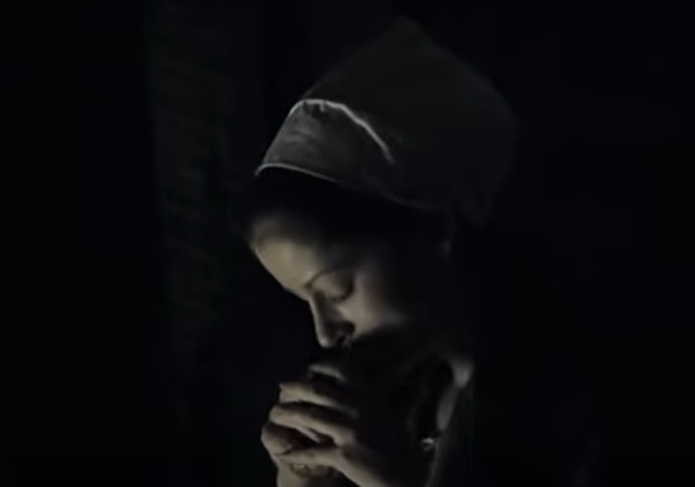 Mentorn Barraclough Carey, Jamestown's Dark Winter (2015)
Mentorn Barraclough Carey, Jamestown's Dark Winter (2015)
Re-Constituting The Skull
Despite being buried in a coffin, nearly four centuries of ground pressure had caved in Harrison's skull on one side, leaving only the lower jaw and top of the skull intact. This meant a painstaking reconstruction process had to take place before the skull could be imaged in 3D, a near brand-new technology in the late 1990s.
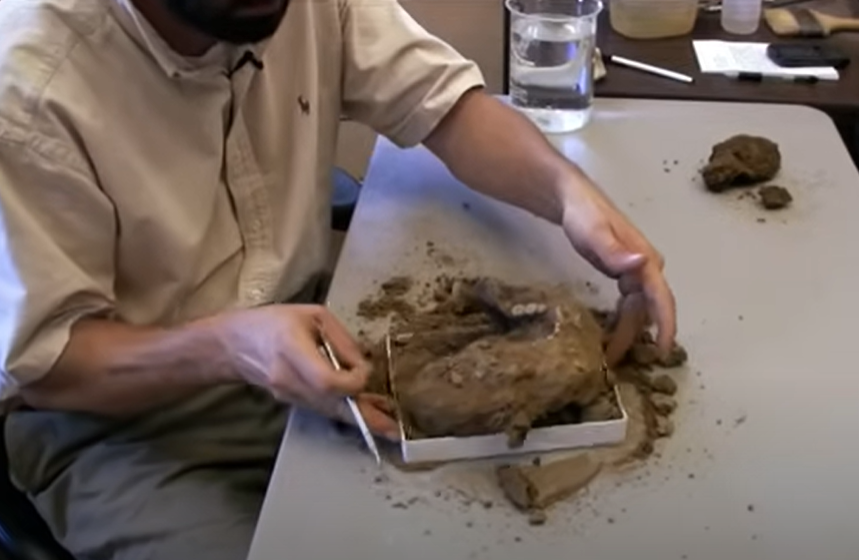 Mentorn Barraclough Carey, Jamestown's Dark Winter (2015)
Mentorn Barraclough Carey, Jamestown's Dark Winter (2015)
Re-Constituting The Skull (Cont'd)
Once they'd recreated George Harrison's skull using computer software, the team of forensic anthropologists used plaster to create a cast of the skull before filling in details like hair, eyes, and facial features. This type of reconstruction was still in its infancy in the 1990s—there's no doubt that if the same reconstruction were performed with today's technology, an even better rendering of George Harrison would be possible.
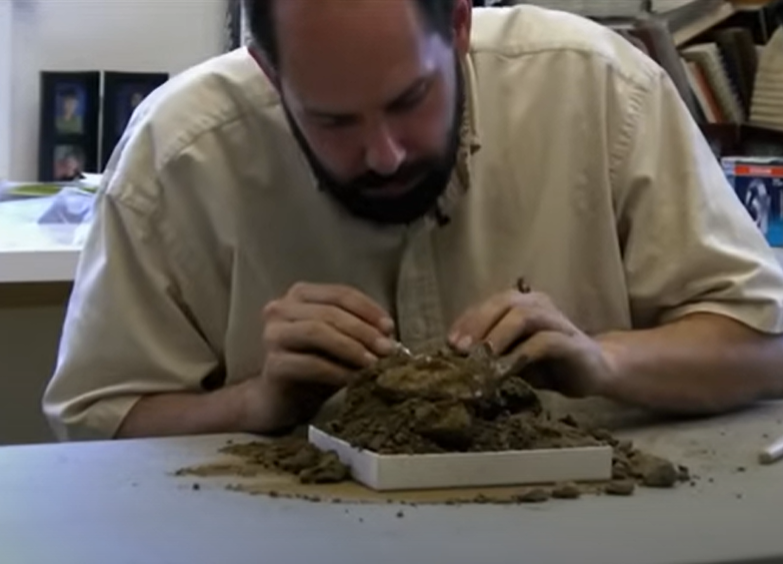 Mentorn Barraclough Carey, Jamestown's Dark Winter (2015)
Mentorn Barraclough Carey, Jamestown's Dark Winter (2015)
The Duel
Although the exact circumstances of the duel are unknown, duels were mostly only fought over matters of honor and were incredibly rare. Although not outlawed until 1859 in a majority of states (and not until 1870 in the South), duelling was the method of choice to settle quarrels between men. That, or fisticuffs.
 Mentorn Barraclough Carey, Jamestown's Dark Winter (2015)
Mentorn Barraclough Carey, Jamestown's Dark Winter (2015)
Foul Play At Play
One interesting fact about the duel that killed George Harrison: the bullet itself was from a different type of ammunition than would have traditionally been used in early 17th-century duels with firearms. This ammunition was known as a "combat round," a type of ammunition that contained a main bullet and a smaller lead shot, similar to the way shotgun rounds today are created. This was very unusual for the early 17th century.
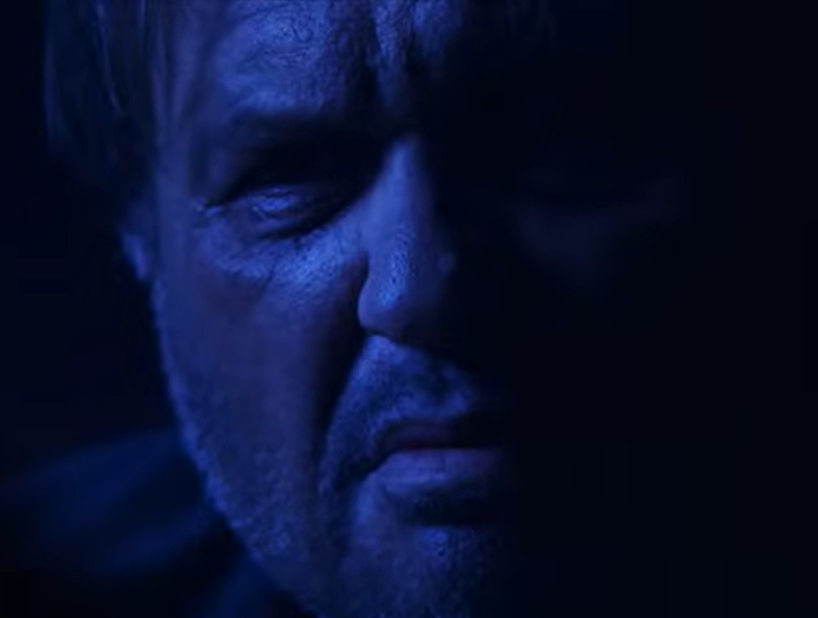 Mentorn Barraclough Carey, Jamestown's Dark Winter (2015)
Mentorn Barraclough Carey, Jamestown's Dark Winter (2015)
A Normal Dueller Wouldn't Have Loaded Combat Rounds
Forensic anthropologist Doug Owlsey speculated that a normal dueller, barring cheating, wouldn't have loaded these combat rounds into their pistols. Normally, they would have just been armed with a single lead ball. The combat round is what caused the fatal damage.
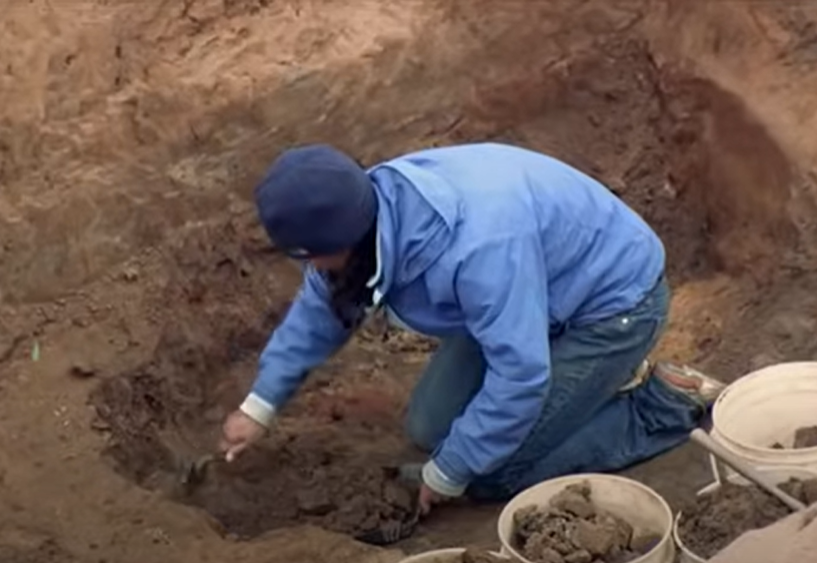 Mentorn Barraclough Carey, Jamestown's Dark Winter (2015)
Mentorn Barraclough Carey, Jamestown's Dark Winter (2015)
Extensive Injury Lends Credence To The Cheating Theory
The mechanism of injury and the aftermath of the shot (and its fatal nature) lend credence to the theory that Harrison's opponent, Richard Stephens, was cheating by loading hyper-lethal ammunition into his duelling pistol. When the round struck Harrison's leg, it shattered the bone and tore all the soft tissue, twisting the leg 180 degrees, severing the popliteal artery.
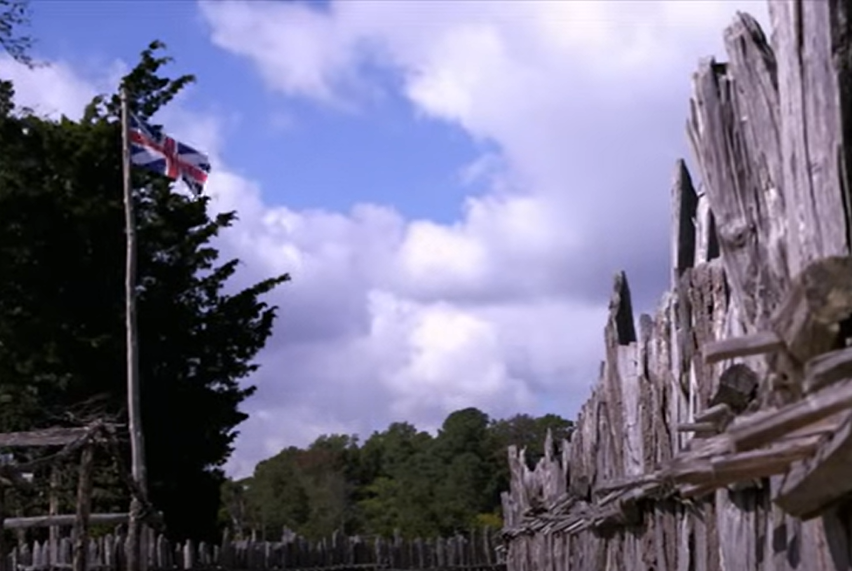 Mentorn Barraclough Carey, Jamestown's Dark Winter (2015)
Mentorn Barraclough Carey, Jamestown's Dark Winter (2015)
An Unusual Shot Choice
Normally, when duelling, you'd aim for the center mass of your opponent: the largest area on the body. This would give you the best chance of hitting your opponent and ending the duel. The fact that Stephens struck Harrison in the leg either means he was a bad shot, or was aiming to cripple the young man.
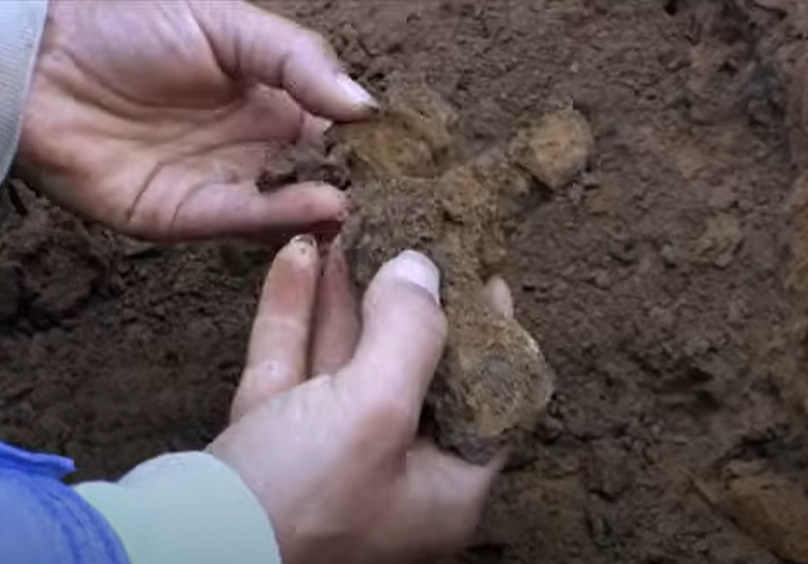 Mentorn Barraclough Carey, Jamestown's Dark Winter (2015)
Mentorn Barraclough Carey, Jamestown's Dark Winter (2015)
An Act Of Mercy?
As an accomplished military officer and a man some 10 years his senior, it's possible that Richard Stephens wasn't trying to kill George Harrison. Perhaps as an act of mercy or pity on the young man, Stephens aimed for the leg in an attempt to teach Harrison a lesson about respect. If the accomplished officer wanted to end Harrison's life, he very well could have. It's possible that the murder was an act of mercy gone wrong.
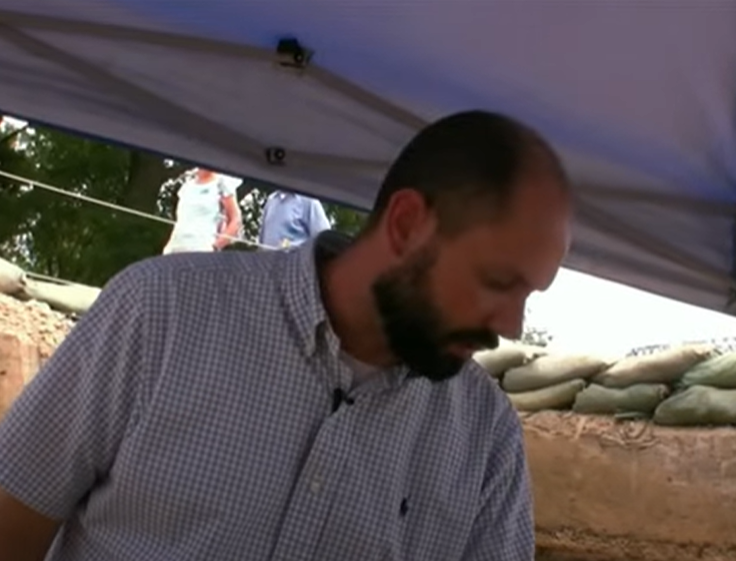 Mentorn Barraclough Carey, Jamestown's Dark Winter (2015)
Mentorn Barraclough Carey, Jamestown's Dark Winter (2015)
Who Killed George Harrison?
As George Harrison took a bullet in his right leg, he would have crumpled and died from blood loss within minutes, if not less than an hour. His murderer was a Jamestown Merchant named Richard Stephens, a fellow Englishman and fervent political critic.
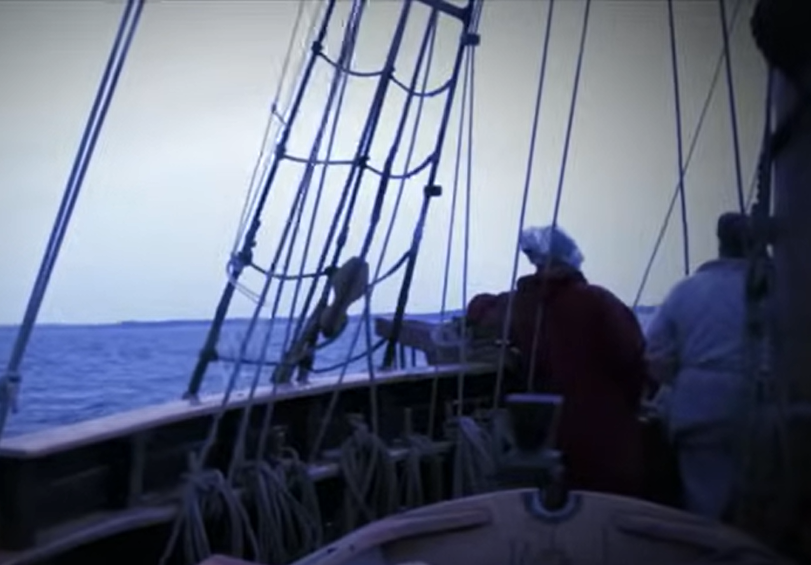 Mentorn Barraclough Carey, Jamestown's Dark Winter (2015)
Mentorn Barraclough Carey, Jamestown's Dark Winter (2015)
The Perpetrator: Richard Stephens
Richard Stephens wasn't just a political critic of the then-governor of Jamestown, John Harvey, he was also a military officer: a Captain. He was born in Wiltshire, England, in 1602, arriving in the Colony of Virginia in 1624 where he made something of himself.
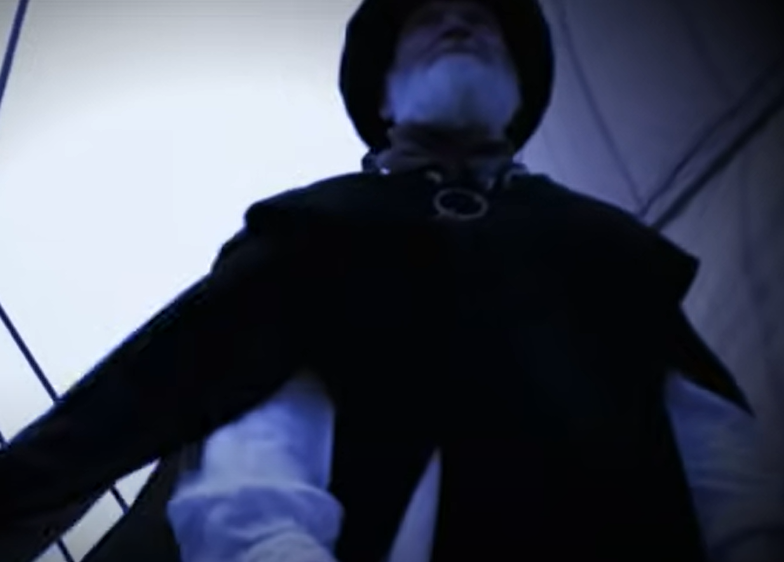 Mentorn Barraclough Carey, Jamestown's Dark Winter (2015)
Mentorn Barraclough Carey, Jamestown's Dark Winter (2015)
Named A Burgess
In Jamestown, there was a legislative body named the House of Burgesses. Only men of high standing in the community could be named a "Burgess". Captain Stephens was one such man. It's unknown if this rank (of sorts) played any role in his fight with George Harrison.
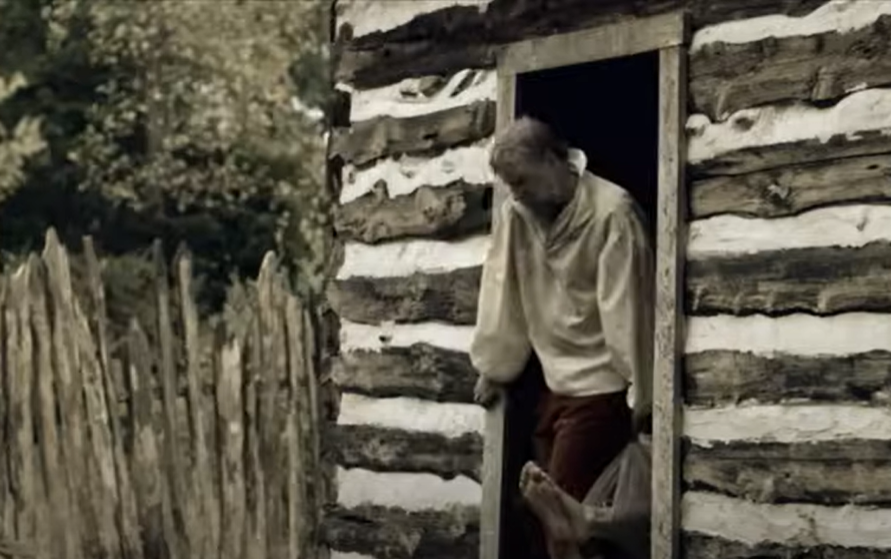 Mentorn Barraclough Carey, Jamestown's Dark Winter (2015)
Mentorn Barraclough Carey, Jamestown's Dark Winter (2015)
Land Owner Extraordinaire
After making a name for himself in the colony, the young military officer would purchase land and build a blockhouse. He was then issued the first land grant in Virginia, with which he encouraged other settlers to build houses and plant gardens in their allotted properties. After some time, he amassed 2,000 acres of land.
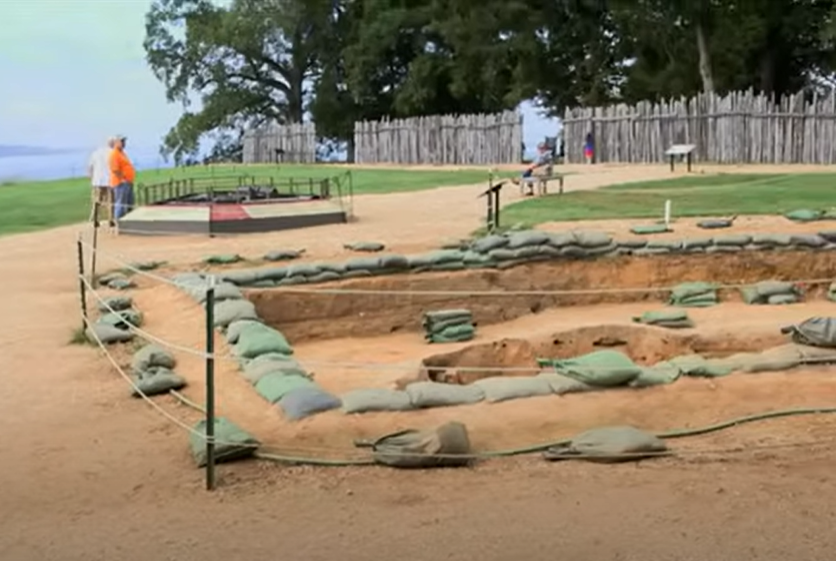 Mentorn Barraclough Carey, Jamestown's Dark Winter (2015)
Mentorn Barraclough Carey, Jamestown's Dark Winter (2015)
Dueller & Murderer
That same year, Captain Stephens fought a duel against George Harrison after an argument between the pair. His bullet struck and killed Harrison. Such a duel would not be fought in the Colonies for almost a century thereafter.
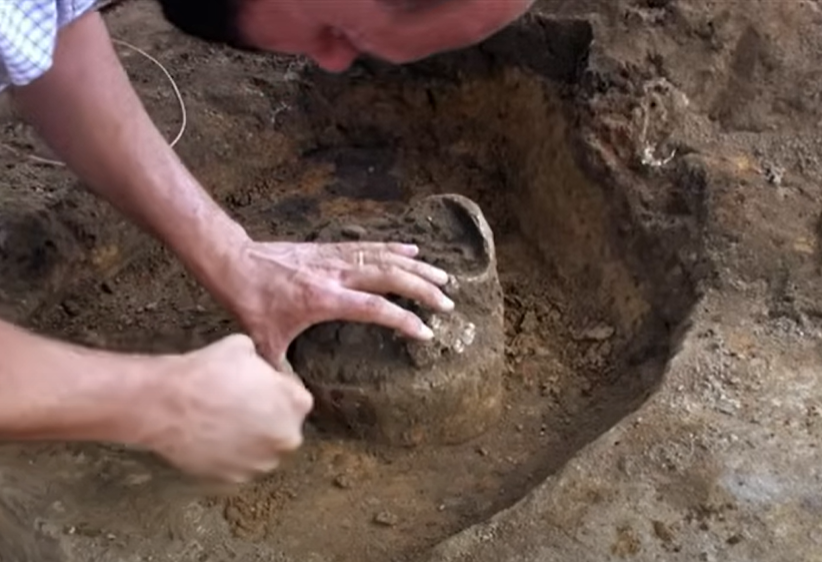 Mentorn Barraclough Carey, Jamestown's Dark Winter (2015)
Mentorn Barraclough Carey, Jamestown's Dark Winter (2015)
Stephens Butts Heads (And Fists) With Jamestown Governor
Stephens frequently found himself at-odds with Jamestown's governor, John Harvey. He, along with most of the rest of the colony, disliked Harvey immensely. In 1635, the malaise between the pair became so intense that a fight ensued and Stephens had multiple teeth knocked out.
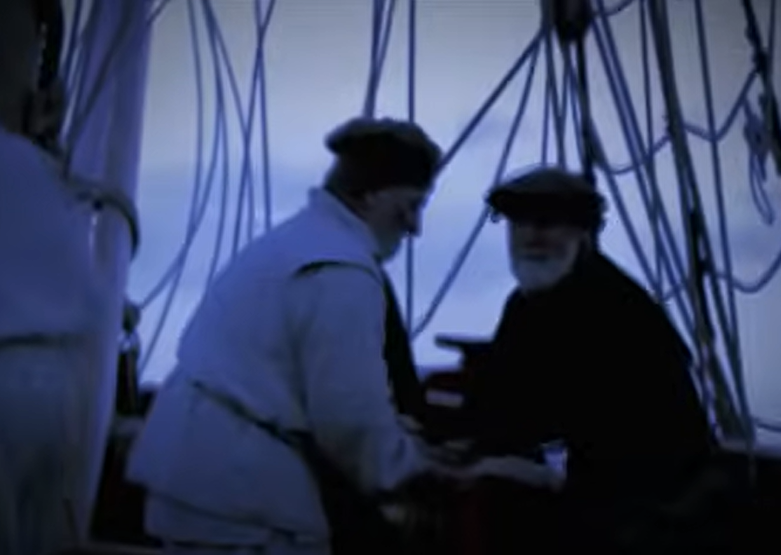 Mentorn Barraclough Carey, Jamestown's Dark Winter (2015)
Mentorn Barraclough Carey, Jamestown's Dark Winter (2015)
John Harvey Was Universally Disliked
Despite losing the fight, Stephens got his wish—John Harvey was deposed as governor of the colony shortly thereafter. He was sued in court in 1635 by officers aboard the Friendship, a ship that had transported the governor to Virginia, stating that they'd not received their pay for doing so. He was replaced as the governor of the colony by 1639.
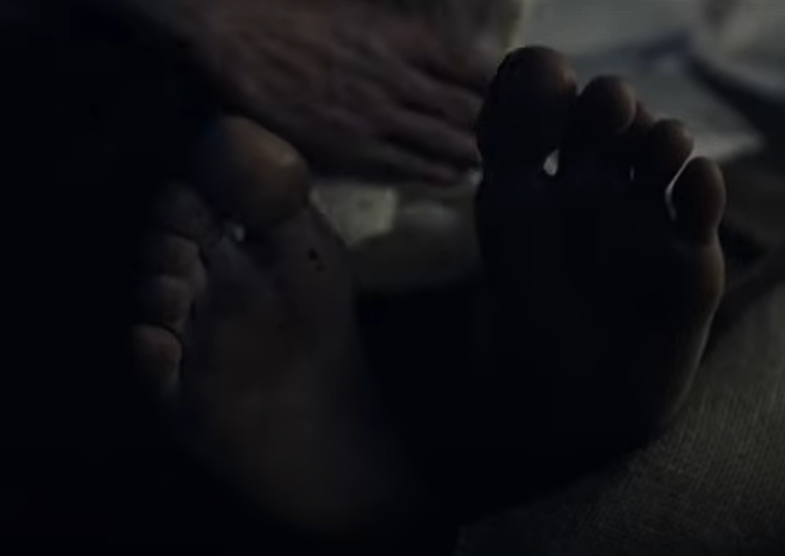 Mentorn Barraclough Carey, Jamestown's Dark Winter (2015)
Mentorn Barraclough Carey, Jamestown's Dark Winter (2015)
Getting Sordid Revenge On Stephens
John Harvey may have knocked out Richard Stephens' teeth, but his sweetest revenge was yet to come. After Captain Stephens died at the age of 34 in 1636, his wife, Elizabeth Piercey, would marry John Harvey almost immediately.
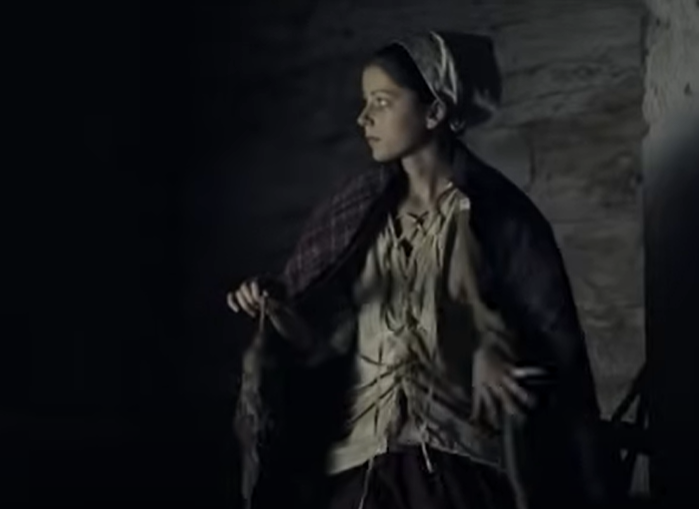 Mentorn Barraclough Carey, Jamestown's Dark Winter (2015)
Mentorn Barraclough Carey, Jamestown's Dark Winter (2015)
What William Kelso's Work Is Revealing About Jamestown
William Kelso has spent over 30 years of his life digging up dirt and revealing the secrets of America's first British colony, starting way back in 1994, when he hoped that he'd find a piece of the old James Fort, first built in 1607. It began a lifelong journey of exploration of America's oldest British colony.
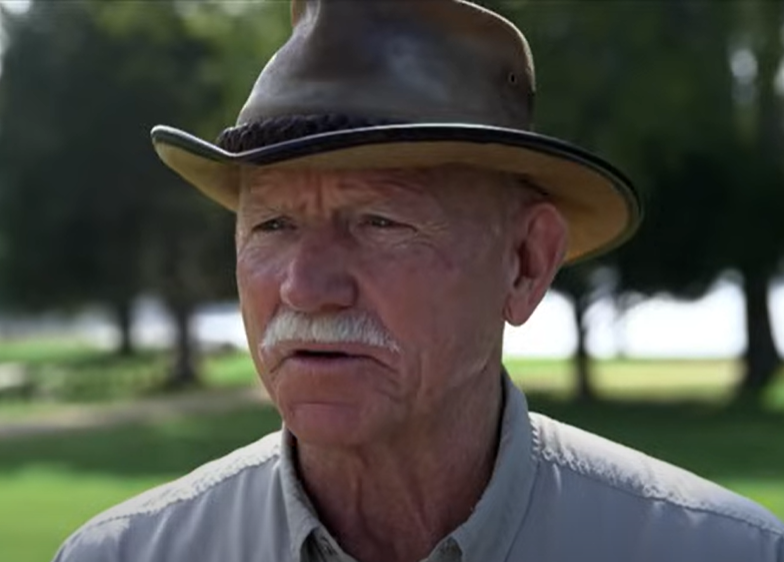 Mentorn Barraclough Carey, Jamestown's Dark Winter (2015)
Mentorn Barraclough Carey, Jamestown's Dark Winter (2015)
The Establishment Of Jamestown
In 1607, 104 men and boys arrived in Virginia to settle the new lands for England and King James I. After setting off from England in 1606 aboard three ships, the arriving party chose Jamestown as the site of their new colony. The site was up and running within a few weeks, despite coming under frequent attack from the Iroquois people who inhabited the land nearby.
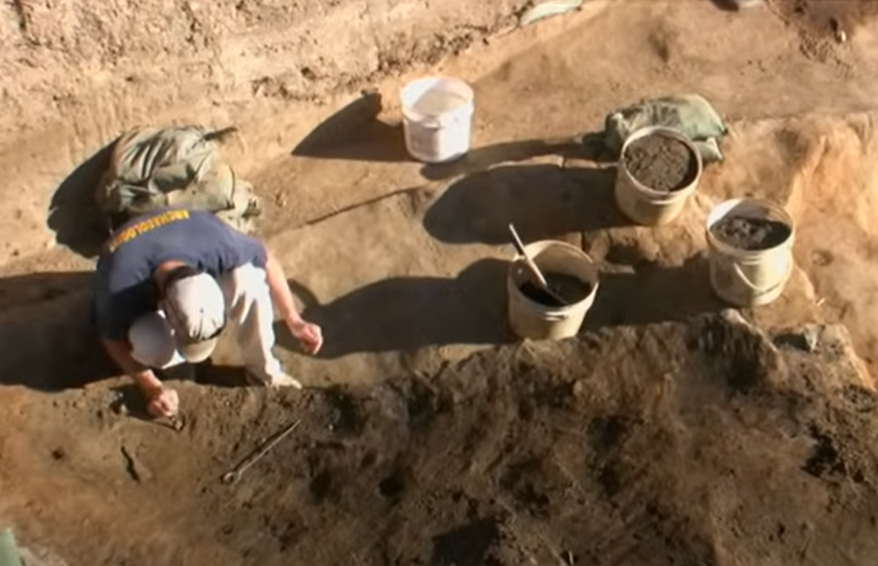 Mentorn Barraclough Carey, Jamestown's Dark Winter (2015)
Mentorn Barraclough Carey, Jamestown's Dark Winter (2015)
Kelso Hits The Motherlode
Almost immediately after he began exploring Jamestown as part of his archaeological dig in 1994, William Kelso hit the motherlode of artifacts. Within hours, he was bringing up pottery, armor, and other artifacts from the early 17th century. Over 400,000 artifacts have since been found at Jamestown, including 76 bodies.
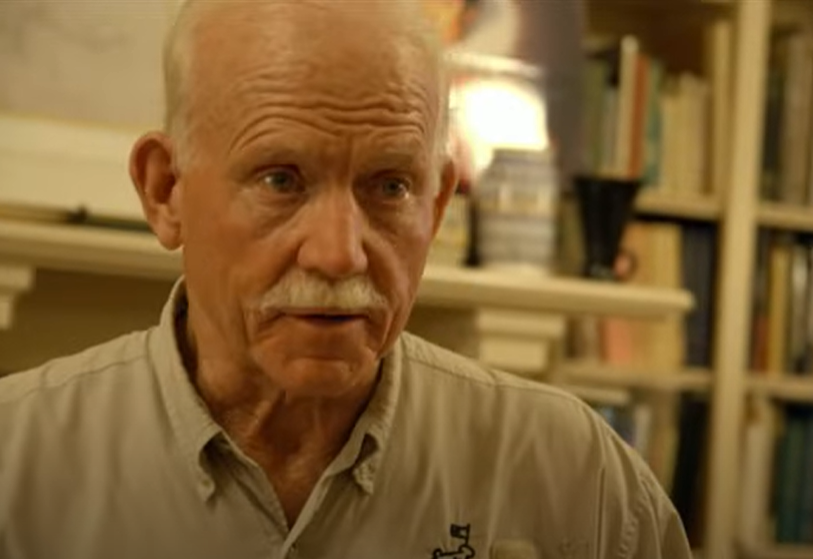 Mentorn Barraclough Carey, Jamestown's Dark Winter (2015)
Mentorn Barraclough Carey, Jamestown's Dark Winter (2015)
What Killed The People Of Jamestown?
While it's difficult to determine if all 76 of those people were members of the original 104 that landed in 1607, we can determine what their causes of death were. We know that George Harrison was murdered by a severed popliteal artery, but what about the rest? Nearly 90% of them died in a single winter.
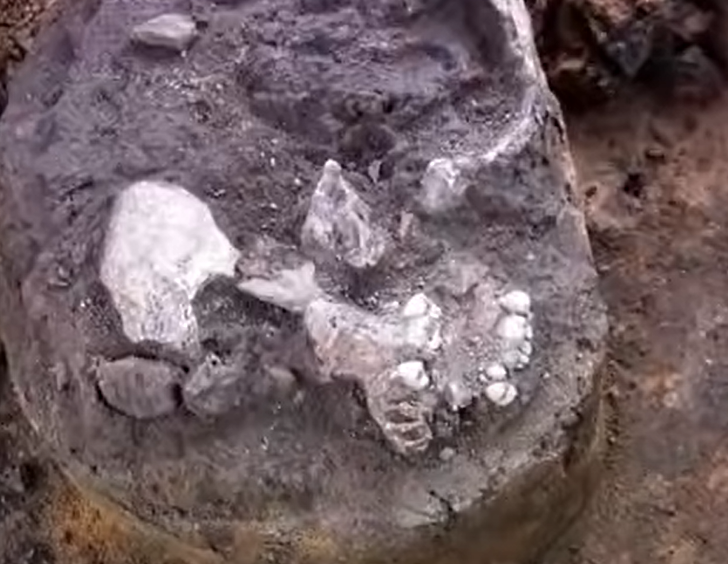 Mentorn Barraclough Carey, Jamestown's Dark Winter (2015)
Mentorn Barraclough Carey, Jamestown's Dark Winter (2015)
The Starving Time
Such a rapid onset of death in a short period has piqued the interests of scientists and archaeologists at Jamestown for decades. The period during the winter of 1609 and 1610 is known as "The Starving Time," when nearly 90% of Jamestown was wiped out. But what killed them?
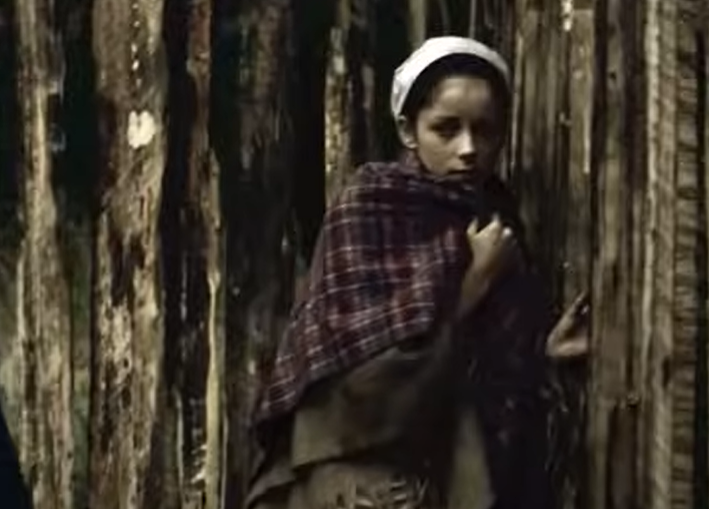 Mentorn Barraclough Carey, Jamestown's Dark Winter (2015)
Mentorn Barraclough Carey, Jamestown's Dark Winter (2015)
Starvation, Or A Sinister Spanish Plot?
One pathologist, Dr Frank Hancock, believes that it's likely that starvation did not, in fact, kill everyone at Jamestown, despite this being the chief scientific theory for decades. Instead, he believes arsenic poisoning was the reason for their demise. A poisoning he lays at the feet of the Spanish, who wanted to take Jamestown off the map.
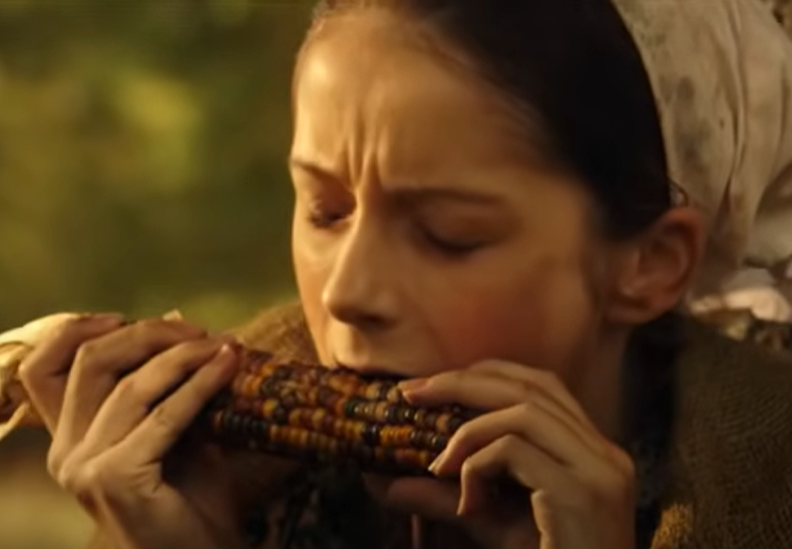 Mentorn Barraclough Carey, Jamestown's Dark Winter (2015)
Mentorn Barraclough Carey, Jamestown's Dark Winter (2015)
How Does Arsenic Poisoning Work?
Arsenic poisoning wasn't a new method of poisoning in the 17th century. It affects every system in your body, damaging everything to the point of bodily shutdown. "It's like pulling the circuit breaker on your body," says Dr Hancock. He's found six or seven different categories of illness on those at Jamestown that mimic arsenic poisoning.
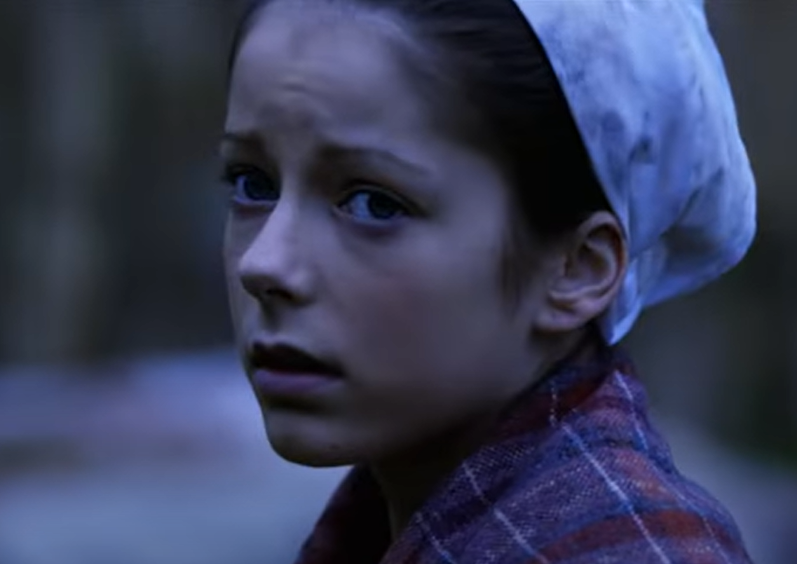 Mentorn Barraclough Carey, Jamestown's Dark Winter (2015)
Mentorn Barraclough Carey, Jamestown's Dark Winter (2015)
Healthy In The Evening, Dead By The Morning
One compelling sign of arsenic poisoning is the speed at which people were expiring. Historical records from the era do contain sudden deaths, such as could occur with a cardiac arrest—which is a symptom of arsenic poisoning. But Dr Kelso, lead archaeologist at Jamestown Rediscovery, has another theory: the plague.
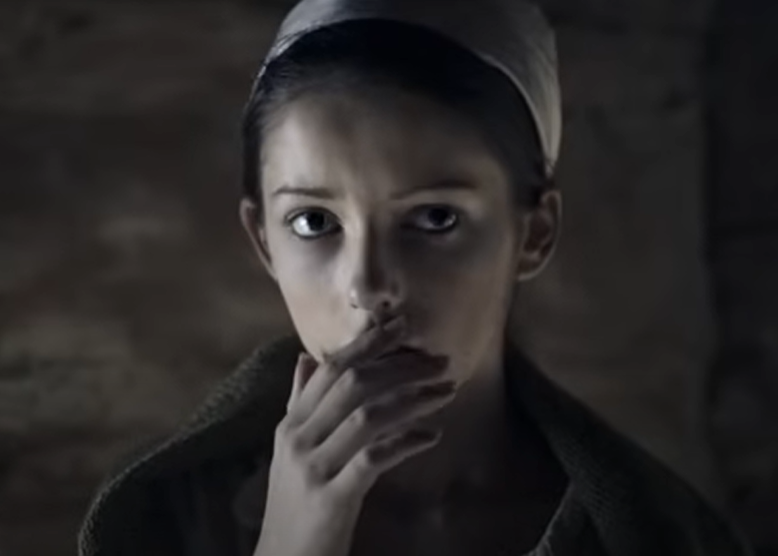 Mentorn Barraclough Carey, Jamestown's Dark Winter (2015)
Mentorn Barraclough Carey, Jamestown's Dark Winter (2015)
Armed Against Rats With Arsenic
Residents at Jamestown were armed against rat infestations with a potent rat poison: arsenic trioxide, known as "ratsbane". But where there were rats in the 17th century, there was likely plague as well. The remains of black rats were found, which were only common in Europe at the time. It's likely that black rats migrated over to America by ship and were being eaten by the settlers.
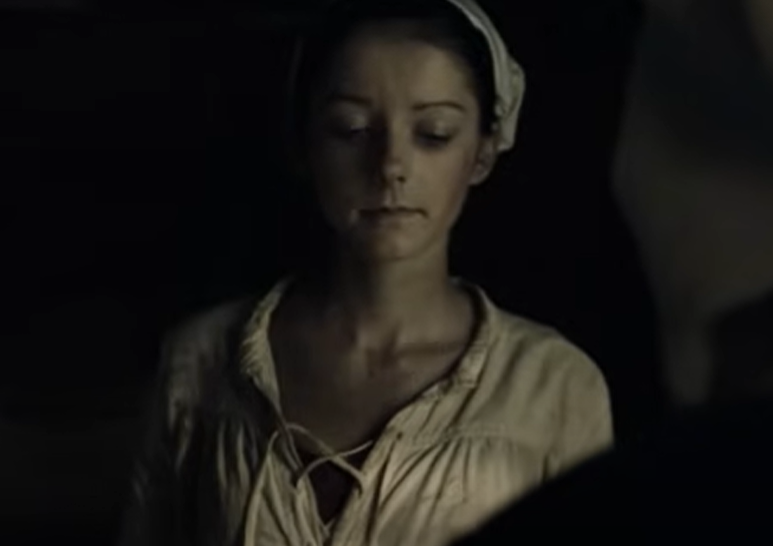 Mentorn Barraclough Carey, Jamestown's Dark Winter (2015)
Mentorn Barraclough Carey, Jamestown's Dark Winter (2015)
Skeletons Buried Hurriedly
Unlike George Harrison's body, most of the rest of the 76 skeletons found by Kelso's team at Jamestown indicates they were buried in a hurry, not wrapped, not dressed in funeral garb, no coffin to speak of...evidence that whomever buried them didn't want to stick near them for any longer than necessary—a typical practice with plague victims.
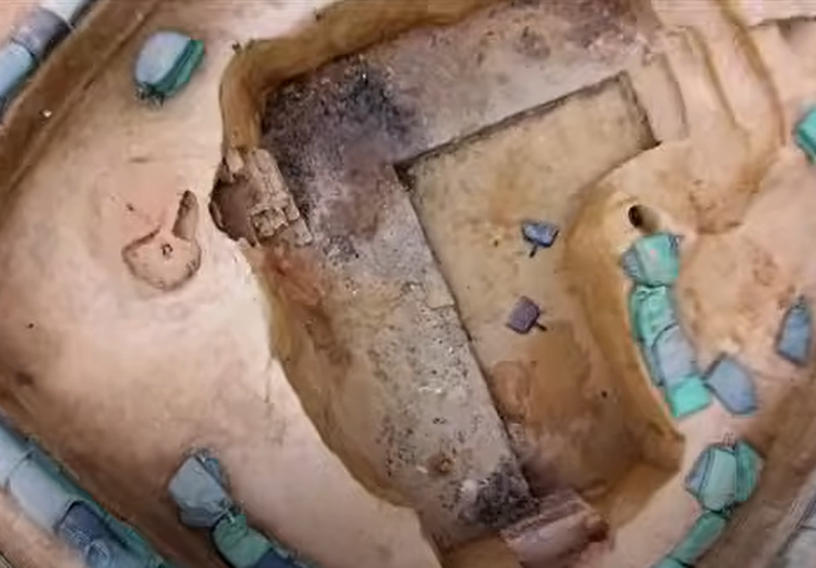 Mentorn Barraclough Carey, Jamestown's Dark Winter (2015)
Mentorn Barraclough Carey, Jamestown's Dark Winter (2015)
Drought Intensified The Suffering
In 1998, Kelso's team studied tree rings found near Jamestown, revealing that at the same time as colonization was happening at Jamestown, a huge drought was gripping the area. There was no water for crops. No crops? No food. No food? Death surely followed. This drought would also explain the conflicts over food and trading between Jamestown's new residents and the Algonquian Natives.
 Mentorn Barraclough Carey, Jamestown's Dark Winter (2015)
Mentorn Barraclough Carey, Jamestown's Dark Winter (2015)
No Definitive Answers
In any case, forensic testing thus far has been unable to prove or disprove the arsenic poisoning theory, much less that it was a Spanish plot to kill the English and take over. Drought and disease seem to be far more likely culprits of The Starving Time.
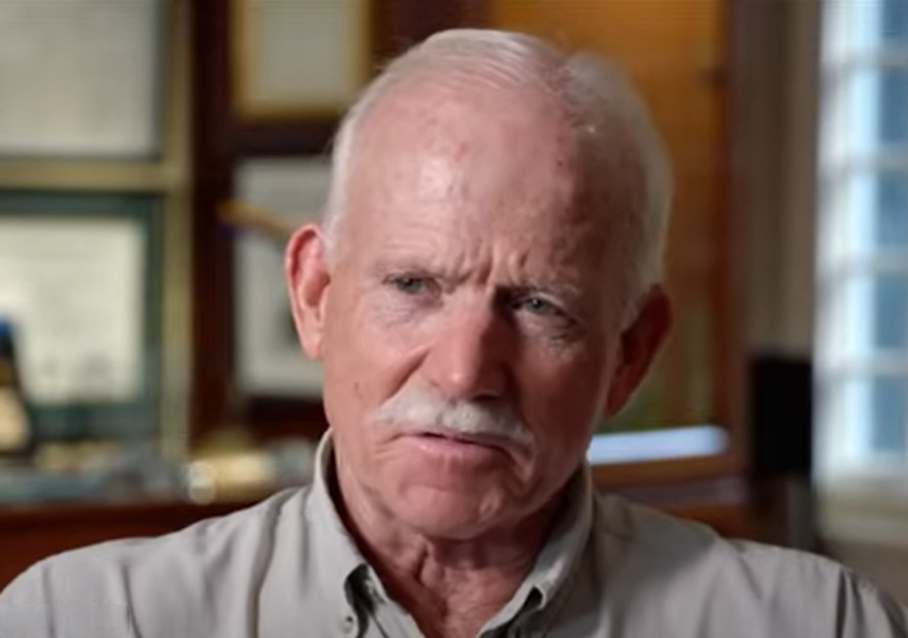 Mentorn Barraclough Carey, Jamestown's Dark Winter (2015)
Mentorn Barraclough Carey, Jamestown's Dark Winter (2015)
Not So For America's Oldest Unsolved Murder
Although there is still plenty of research to be done on the body of George Harrison, William Kelso and his team's nearly 30 years of work appear to have solved the murder of the 19-year-old, pinning it on an overzealous Navy captain with an axe to grind and a point to prove. America's oldest unsolved murder has—thus far—been solved.
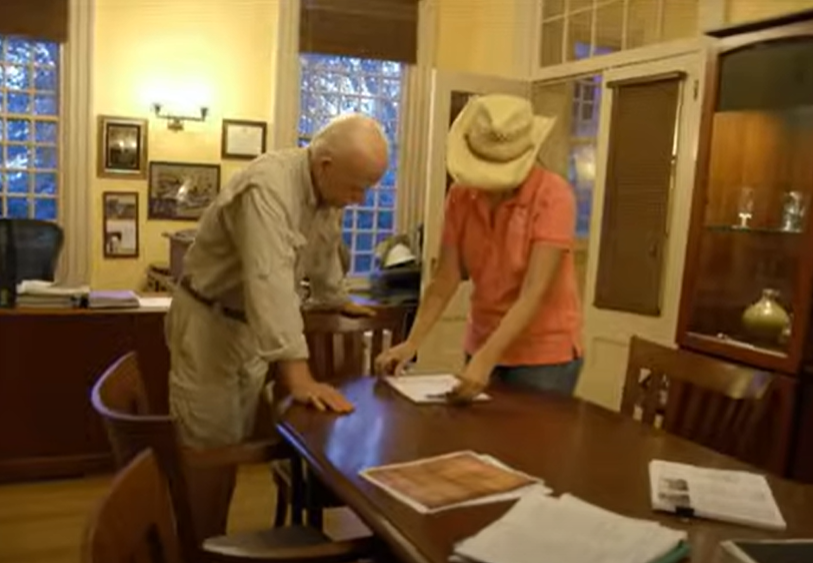 Mentorn Barraclough Carey, Jamestown's Dark Winter (2015)
Mentorn Barraclough Carey, Jamestown's Dark Winter (2015)
You May Also Like:

